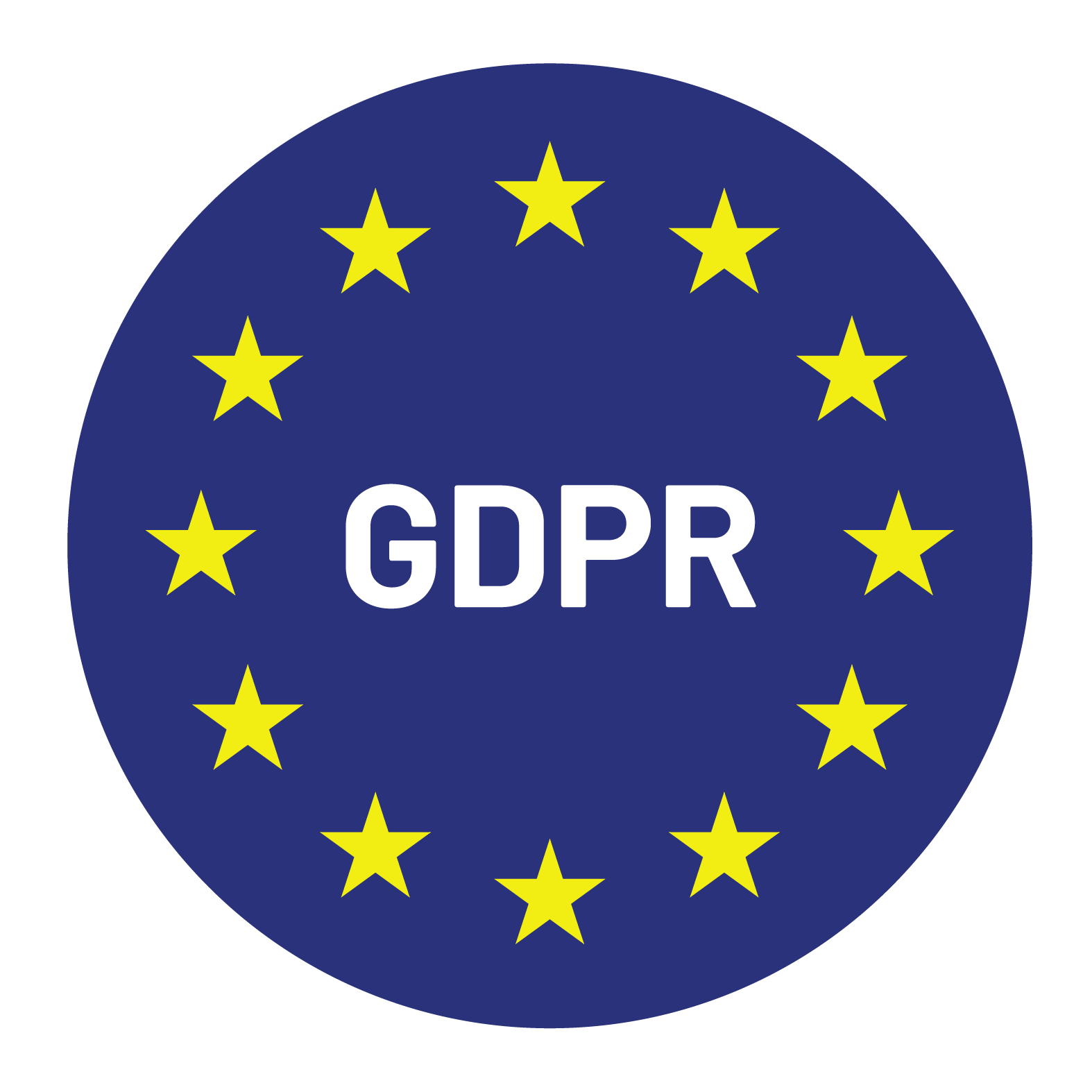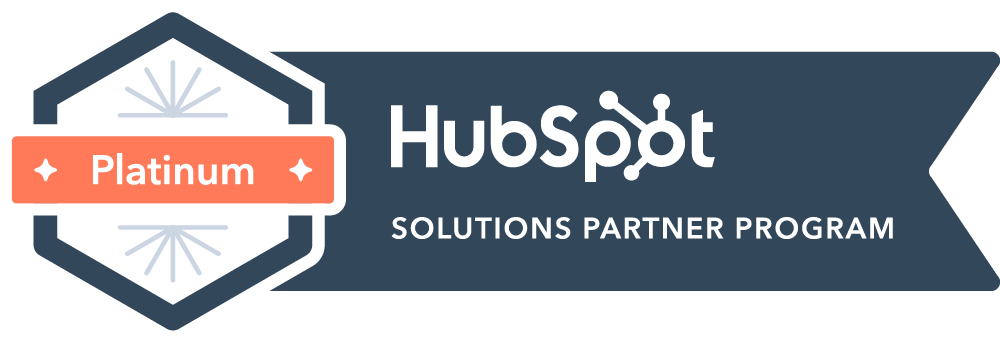

Content Writer for Whistle with multidisciplinary experience spanning over a decade.
Sales leaders often believe their CRM is doing its job. Then a forecast misses the mark. A deal drops off unexpectedly. A pipeline review leads to more questions than answers. When that happens, the issue usually isn’t the team or the process. It’s the data. Or more specifically, the gaps in visibility that most default CRM setups fail to catch.
A CRM should clarify what’s happening across your funnel. But if it only captures surface-level details, it ends up giving you a false sense of control. The truth is that most CRMs, right out of the box, are designed for broad usability, not strategic insight. That’s why smart teams customize.
Read on as we show you how to turn your CRM into a high-functioning, insight-generating system. We’ll explore specific examples of customization, explain why it matters, and show you how to structure your CRM to support the way your team sells.
CRMs are built for flexibility. That doesn’t mean the default setup works. Too often, sales teams rely on generic fields, static stages, and rigid views that don’t reflect their real process. Over time, the CRM becomes a source of frustration rather than clarity.
Out-of-the-box CRMs usually include broad fields like “deal size” or “industry.” But they often miss critical nuance. Are you tracking product line, buyer role, internal champion, or renewal opportunity? If those details live in rep notes or Slack messages, you lose the ability to measure what matters.
When reps don’t see a reason to use the CRM, they stop updating it. Inconsistent inputs lead to inconsistent reporting. And when your data is weak, your decisions are worse.
Default workflows are designed to be generic. Most teams aren’t. If your deal stages are too rigid or your approval steps are missing, reps are forced to work around the system. That leads to shadow processes and lost information.
Good workflows reduce friction. Poor ones create more of it. A CRM should support your sales motion, not dictate it.
When dashboards are tied to the wrong fields, they tell the wrong story. Maybe you can see total pipeline value, but you can’t filter by deal type or persona. Maybe you can track average deal length, but you can’t break it down by region or rep.
Reporting should give you clarity. If your dashboards feel disconnected from what’s happening in the funnel, the problem is usually upstream.
You can see if a call happened, but not if a proposal was sent. You know when a contact was added, but not if procurement is looped in. Critical signals go untracked because the system wasn’t set up to capture them.
That makes it harder to know what’s working. You’re left guessing instead of learning.
Customizing your CRM is about more than just adding fields. It’s about aligning your system with how your team thinks, sells, and scales.
Start with the essentials. If you regularly discuss things like buying committee roles, budget status, or product fit, those details should live in structured fields.
Audit your current records. What context is missing? What do reps manually track outside the CRM? Use that information to create new fields that bring those insights into view.
Keep it tight. Every new field should have a reason to exist. And every required field should feel necessary, not performative.
Field placement matters. If reps have to scroll, guess, or dig for key inputs, they won’t use the system correctly. Group fields logically. Keep must-have details above the fold. Eliminate clutter.
Record layouts should reflect the flow of a deal conversation. If it feels intuitive, reps will adopt it without extra training.
Create saved views that reflect how different roles work. SDRs need visibility into new leads and untouched accounts. AEs need to focus on the active pipeline. Managers need to filter for stuck deals or low activity.
Give users the ability to sort, filter, and segment based on real context. The result is faster prioritization and fewer mistakes.
Custom fields give you more data. Automations help you act on it. Trigger alerts, tasks, or workflows based on deal stage, deal value, or specific inputs like “legal involvement” or “pilot confirmed.”
Automation should remove busywork and not add noise. Keep it tied to real behaviors and high-impact milestones.
Once your CRM is capturing the right data, build dashboards that help you run the team. Don’t just show totals. Show conversion rates by stage, deal quality by persona, or sales cycle by product line.
Tailor dashboards by role. Reps need to see their funnel clearly. Managers need performance insights. Leaders need to spot trends before they become problems.
CRM customization isn’t just a technical project. It’s a multiplier. When the system reflects your strategy, everything gets sharper. Data becomes a real asset, not a liability. Teams move faster. Leadership gains clarity. And performance improves across the board.
Structured fields lead to better inputs. Better inputs lead to better reporting. You remove ambiguity and reduce reliance on scattered notes or Slack messages. Instead of incomplete records or one-off updates, you get consistent, searchable context across every deal. That improves team-wide alignment and reduces the risk of missed handoffs or misinformed decisions. When data is clean, you can trust what you’re seeing.
When reps don’t have to waste time searching for the right field or rewriting the same notes in three different places, they get back to what they’re paid to do. A customized CRM supports their workflow instead of interrupting it. Tasks become simpler. Next steps become clearer. And onboarding ramps faster because new reps can rely on structured, relevant guidance from day one.
Forecasts fall apart when they rely on gut feel instead of clear signals. Custom fields allow you to track the real indicators of deal health, like whether procurement has been looped in or whether the buyer has seen a proposal. These aren’t just nice-to-haves. They’re the difference between a confident forecast and a guess. When you build those insights into your CRM, forecasts get tighter and more defensible at every level of the organization.
High-performing teams don’t wait until quarter-end to figure out what went wrong. With better visibility, you can see issues in real time before they cost you pipeline. Custom fields and dashboards make it easier to identify trends, spot underperformance, and make informed adjustments mid-cycle. If you’re coaching reps, reallocating resources, or testing new approaches, you’re working from a position of clarity.
Customizations need maintenance. Review your fields and workflows quarterly. Are reps using them? Are they still relevant? Is anything missing?
Talk to your team. Watch how they use the CRM in real time. Update what feels clunky. Remove what’s no longer needed. A great CRM setup is always changing but never chaotic.
A generic CRM tells you what’s happening. A customized CRM tells you why and what to do next. It’s not about adding complexity. It’s about creating clarity.
When your CRM reflects your sales motion, your team moves faster and your data works harder. The result is a better pipeline, stronger forecasts, and a sales engine you can trust.
Whistle helps high-performing sales teams customize their CRM for better outcomes. We work with your process, your people, and your tools to bring real clarity to the way you sell. If you’re ready to upgrade your CRM from functional to high-performing, we’re ready to help.


© Copyright – Whistle 2023